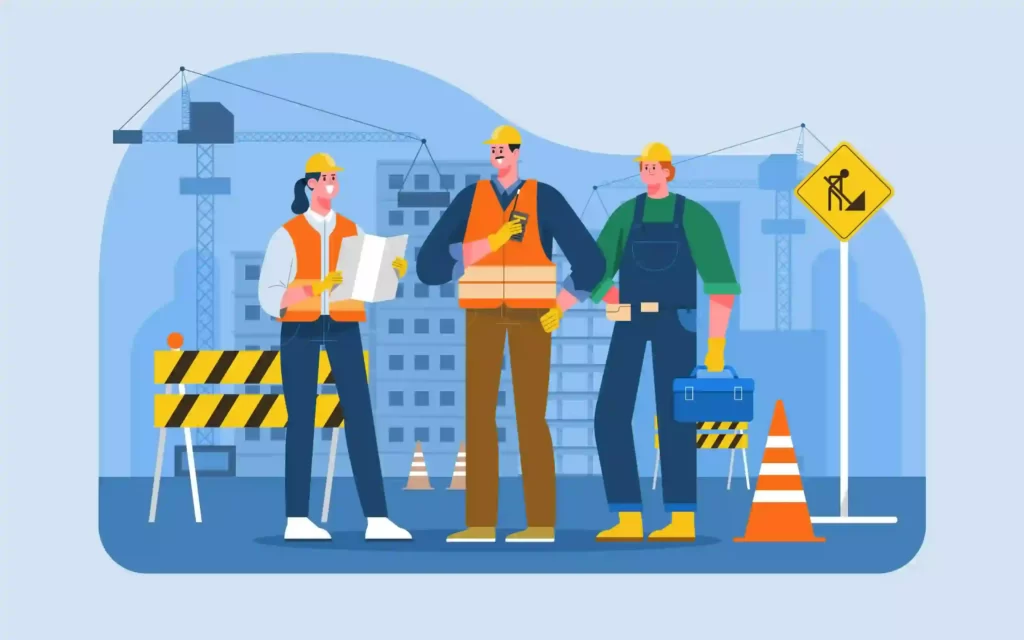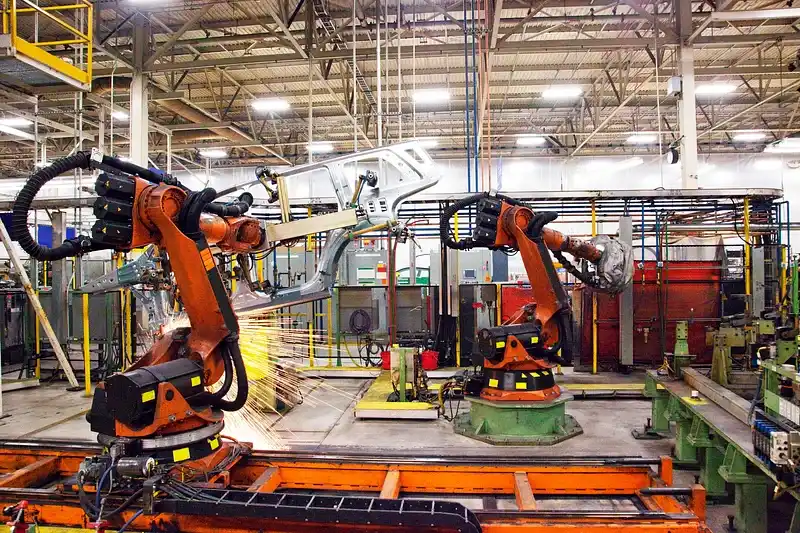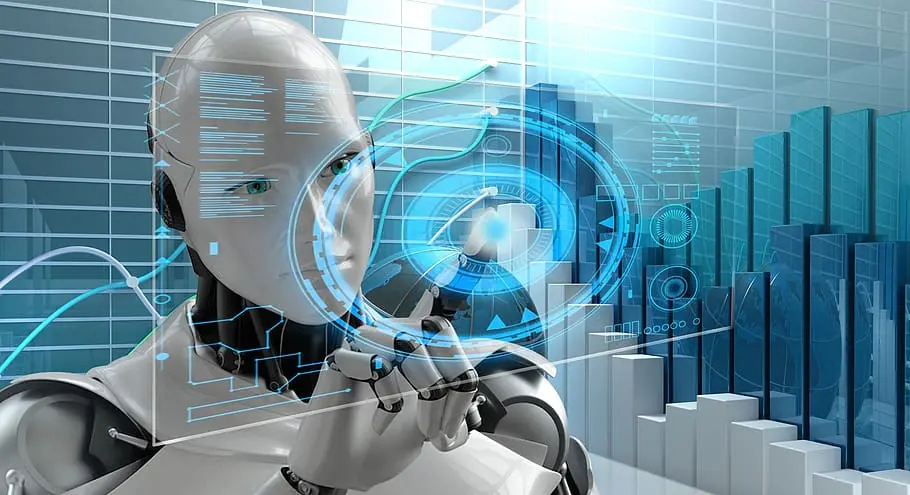Understanding Machine Vision Inspection
In today’s fast-paced and dynamic business environment, ensuring the safety of employees is paramount. The integration of advanced technologies has played a crucial role in enhancing workplace safety, and one such innovation that stands out is machine vision inspection. This article explores the significance of machine vision in ensuring employee safety, its components, applications across industries, and the transformative impact it can have on businesses.
Definition and Components
Machine vision inspection involves the use of automated systems equipped with cameras and image processing software to inspect and analyze objects. The components include cameras, lighting, processors, and communication interfaces.
Applications in Various Industries
From manufacturing and healthcare to logistics and agriculture, machine vision finds applications in diverse industries. It aids in quality control, defect detection, and process optimization.
What are the Steps in Machine Vision?
The steps in machine vision include capturing images or videos, pre-processing to enhance image quality, feature extraction, decision-making through analysis, and, finally, action based on the evaluation.
The Current Scenario of Employee Safety
Statistics on Workplace Accidents
Workplace accidents remain a concerning issue globally, with a significant impact on both employees and businesses. Understanding the gravity of the situation is crucial to implementing effective safety measures.
Challenges Faced by Businesses in Ensuring Safety
Businesses encounter challenges in maintaining high safety standards, ranging from inadequate training to the complexity of monitoring large workspaces.
The Role of Machine Vision Inspection in Enhancing Safety
Real-time Monitoring and Detection
Machine vision Inspection offers real-time monitoring of workplace activities, enabling swift detection of potential hazards. This proactive approach significantly reduces the risk of accidents.
Prevention of Accidents and Injuries
By identifying unsafe conditions and behaviors, machine vision Inspection contributes to accident prevention, creating a safer work environment for employees.
Integration of Machine Vision Inspection into Business Operations
Cost-effective Solutions
Contrary to common misconceptions, implementing machine vision Inspection system is a cost-effective solution in the long run. It reduces the expenses associated with workplace accidents and enhances operational efficiency.
Scalability and Adaptability
Machine vision Inspection systems are scalable and adaptable to different business sizes and industries. This flexibility ensures that businesses can tailor the technology to their specific needs.
Benefits of Machine Vision Inspection for Businesses
Improved Safety Standards
Machine vision Inspection elevates safety standards by providing continuous monitoring, detecting potential risks, and facilitating quick responses to prevent accidents.
Increased Productivity and Efficiency
The integration of machine vision system streamlines processes, leading to increased productivity. It optimizes workflows, reduces downtime, and enhances overall efficiency.
Addressing Concerns and Misconceptions
Common Myths About Machine Vision Inspection
Dispelling common myths about machine vision Inspection is essential. Addressing concerns such as complexity, high costs, and limited applicability opens the door for businesses to embrace this transformative technology.
Clarifying Doubts for Businesses
Providing clear and concise information about machine vision Inspection helps businesses make informed decisions. Addressing doubts regarding implementation, training, and benefits fosters confidence in adopting this technology.
What is a Visual Inspection System?
A visual inspection system involves the use of cameras and image analysis to assess the quality and characteristics of products. It is a crucial aspect of quality control in various industries.
What are the Steps in Visual Inspection?
Visual inspection includes capturing images, preprocessing for clarity, feature extraction, decision-making based on visual analysis, and taking appropriate actions.
What are the Types of Visual Inspection Techniques?
Visual inspection techniques encompass methods like surface inspection, defect detection, and color analysis. These techniques contribute to maintaining high product quality.
Choosing the Right Machine Vision System
Factors to Consider in Selecting the Appropriate System
Businesses need to consider factors such as their industry requirements, budget constraints, and specific needs when selecting a machine vision system.
Customization Options for Specific Business Needs
Machine vision systems offer customization options to cater to the unique needs of different businesses. This ensures that the technology aligns seamlessly with existing processes.
Implementing Machine Vision Inspection: A Step-by-Step Guide
Planning and Assessment
Thorough planning and assessment are crucial before implementing machine vision. Understanding the specific safety challenges and goals allows for a more effective integration.
Installation and Training
Proper installation and training are key to the successful implementation of machine vision. Employees should be well-trained to operate and understand the technology.
Overcoming Resistance to Change
Strategies for Overcoming Employee Resistance
Resistance to change is natural. Implementing strategies, such as involving employees in the decision-making process and highlighting the benefits, helps overcome resistance.
Communicating the Benefits Effectively
Effective communication is vital. Clearly articulating the benefits of machine vision, especially in terms of employee safety, fosters a positive attitude towards the technology.
Future Trends in Machine Vision Inspection for Employee Safety
Advancements in Technology
As technology evolves, machine vision will continue to advance. Integration with artificial intelligence and improved sensors are among the future trends shaping the field.
Potential Innovations in the Field
Anticipated innovations, such as enhanced object recognition and predictive analysis, hold promise for further improving machine vision’s effectiveness in ensuring employee safety.
ROI Analysis for Businesses
Calculating Return on Investment
Businesses can assess the return on investment by considering factors such as reduced accident-related costs, increased productivity, and enhanced overall efficiency.
Long-term Benefits for the Organization
Beyond immediate financial gains, the long-term benefits include a safer work environment, improved employee morale, and a positive impact on the organization’s reputation.
Regulatory Compliance and Standards
Ensuring Adherence to Safety Regulations
Machine vision aids businesses in adhering to safety regulations by providing real-time monitoring and documentation of compliance.
Compliance with Industry Standards
Meeting industry standards is crucial for businesses. Machine vision contributes to compliance by ensuring adherence to safety protocols and quality control measures.
Conclusion
In conclusion, machine vision inspection is a game-changer for businesses aiming to prioritize employee safety. By providing real-time monitoring, preventing accidents, and improving overall efficiency, this technology offers a holistic approach to workplace safety. As businesses navigate the ever-evolving landscape, considering machine vision is not just a choice; it’s a strategic investment in the well-being of employees and the sustainability of the organization. For further inquiries or a demo, you can Contact Trident Information Systems. Stay ahead of the innovation curve! Follow our LinkedIn page for the latest insights and updates on how VIS are revolutionizing employee safety.
FAQs
- Is machine vision Inspection only suitable for large industries?
- No, machine vision systems are scalable and adaptable, making them suitable for businesses of all sizes.
- How does machine vision Inspection contribute to cost savings?
- By preventing accidents, reducing downtime, and increasing productivity, machine vision leads to significant cost savings over time.
- Can machine vision system be customized for specific business needs?
- Yes, machine vision systems offer customization options to align with the unique requirements of different industries.
- What are the common misconceptions about machine vision Inspection?
- Common misconceptions include high costs, complexity, and limited applicability, which can be dispelled with accurate information.
- Are there ongoing advancements in machine vision technology?
- Yes, advancements such as integration with artificial intelligence and improved sensors are shaping the future of machine vision for employee safety.



